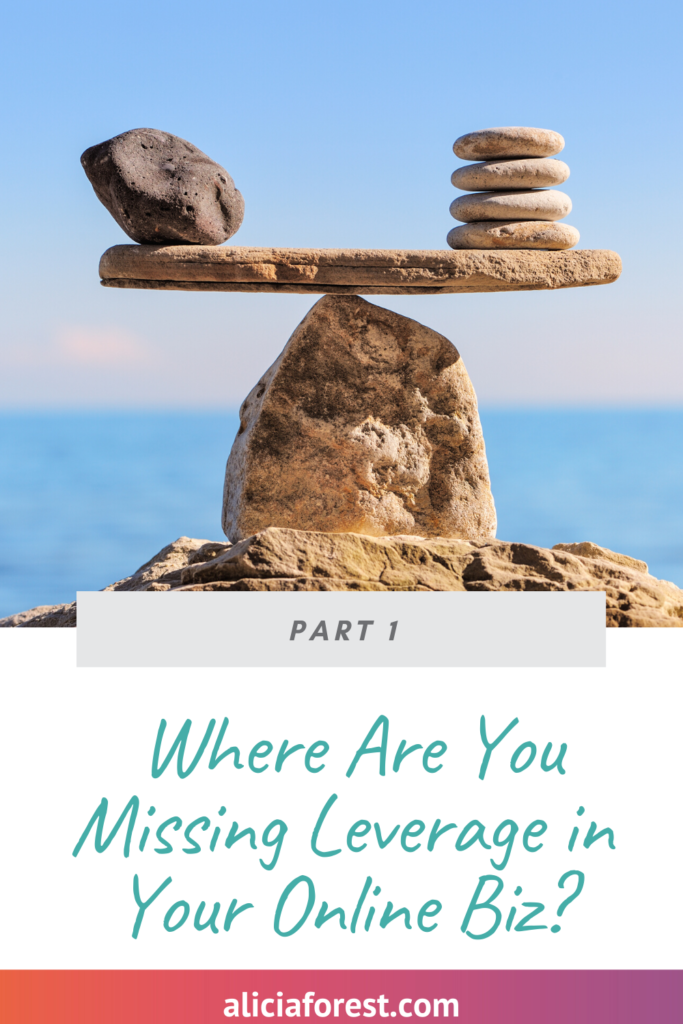5 Critical Keys to a Viable Niche or Target Market
Picking a group of people as your niche or target market is a critical foundational piece
for building a really successful online business.
But you knew that already, right? 😉
Because once you do, your marketing messages become very clear and targeted, you know exactly how to talk to this group because you can speak their language, and it makes it much easier for others to refer business to you.
That being said, once you’ve chosen a group of people to work with, you’ll want to make sure that it’s a viable one to sustain your online business for the long-term.
It’s fantastic to be passionate about your niche, but if those people don’t have money to spend on your offerings, or there’s simply not enough of them, you’re not going to be able to grow and sustain an online business based on it.
Here are 5 keys to look for to decide if a niche/target market is a viable one for your business:
1. They are easy to find and reach.
Can you think of three places (online or off) where your target market gathers, whether it’s in a formal or informal fashion? Can you get easy access to them?
2. They hang out in some organized fashion.
Are there memberships, associations, organizations and online groups made up of your target market?
3. There are enough of them.
Your target market has to be large enough to sustain your online business for the long haul. It’s great to have a highly specialized niche that’s small, but if you do, see #4.
4. They have money.
In order for you to stay in business, your target market has to have enough money to pay for your offerings. In addition, they need to understand the value of what it is that you’re offering in order to invest that money with you. In other words, do they need to be educated about how your offerings will serve them in some way, or do they already get it?
5. They have a problem worth solving.
Every target market has struggles and challenges. But in order for you to build a viable online business within that market, they have to have problems that they will “pay anything, do anything” to get solved. Be sure to listen to the conversations the people in your target market are having to understand what they are struggling with the most to create the solutions they are willing to pay for.
In Online Business Breakthrough, there are several trainings on how to figure out who you are most meant to serve, how to find them and connect with them, and how to create products and programs they most want to buy to from you.
Feel free to share this with your friends and colleagues via the buttons below – thanks so much!



Recent Comments